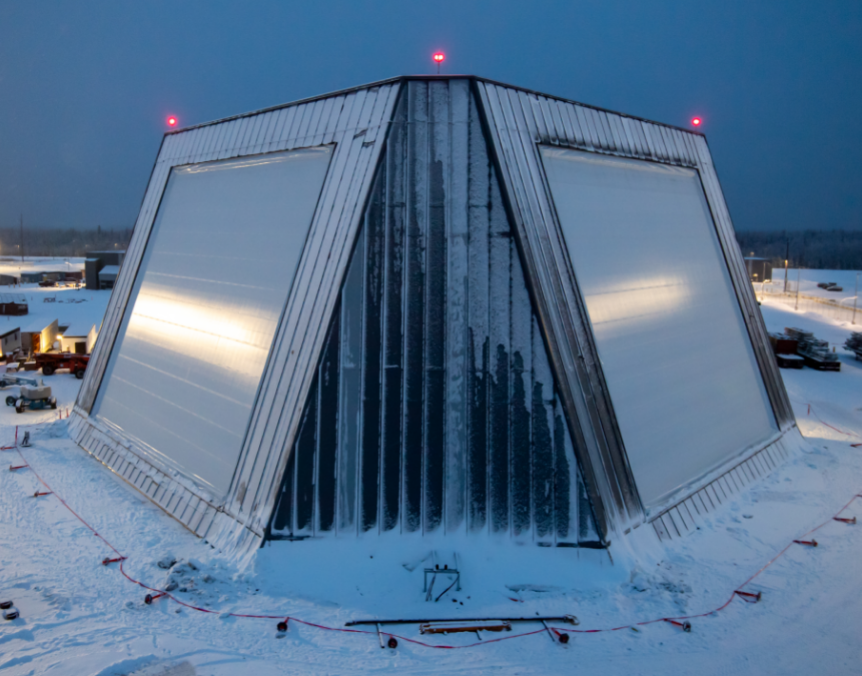The U.S. Missile Defense Agency (MDA) has marked a significant milestone with the successful completion of its inaugural flight test for the Long Range Discrimination Radar (LRDR) at Clear Space Force Station in Alaska. This test, designated Flight Test Other-26a (FTX-26a), comes roughly two years after the initial timeline projected for its execution.
During the test, the LRDR, in conjunction with the Upgraded Early Warning Radar, monitored a live intercontinental ballistic missile (ICBM) that was launched from over 2,000 kilometers (1,243 miles) off the southern coast of Alaska. The radars effectively communicated sensor data to both the Ground-Based Midcourse Defense system and the Command and Control Battle Management and Communications (C2BMC) system, facilitating a simulated engagement scenario.
Initial evaluations indicate that the test successfully met its mission objectives, affirming key functionality of the radar systems. This progress will inform an upcoming operational assessment for the LRDR as it prepares for full integration into the United States’ missile defense framework. In comments regarding the test, MDA Director Lt. Gen. Heath Collins emphasized its importance, noting that it plays a crucial role in the development of the LRDR system and its connection to the wider C2BMC network.
The LRDR is designed not only for tracking and discriminating ballistic missile threats but also for enhancing awareness in the space domain. According to Collins, “LRDR will provide USNORTHCOM and the United States Space Force with the ability to precisely track ballistic missile threats as well as other space objects, advancing our ability to deter adversaries and bolster our homeland missile defense.”
The development of the LRDR began in 2015 when the U.S. government awarded a contract to Lockheed Martin. This advanced radar system aims to improve the nation’s defense capabilities against ICBM threats from countries like North Korea. Utilizing an active electronically scanned array, the LRDR is equipped for persistent surveillance and tracking, possessing the capacity to differentiate between lethal warheads, decoys, and non-threat objects. Operating in the S-band frequency, it employs gallium nitride (GaN) technology, which enables high power output and efficiency, allowing for continuous function even during maintenance periods.
The LRDR was initially projected to achieve operational capability by 2021, with full operational readiness planned for 2023. However, the program has encountered several setbacks, including disruptions caused by the COVID-19 pandemic in 2020, as well as a canceled flight test in August 2023 due to an anomaly associated with the missile target.
As the test results are further analyzed, the successful deployment of the LRDR is anticipated to play a pivotal role in enhancing U.S. national security capabilities and preparedness against missile threats in the coming years.



















